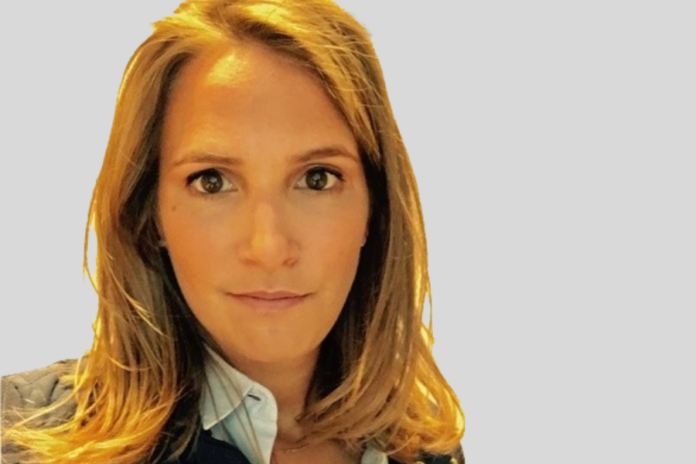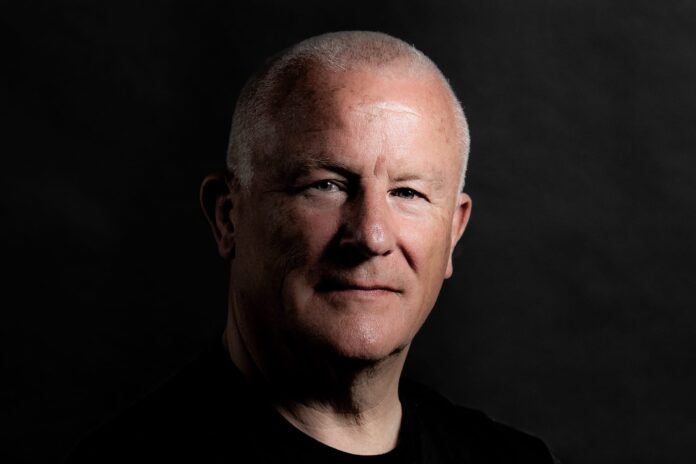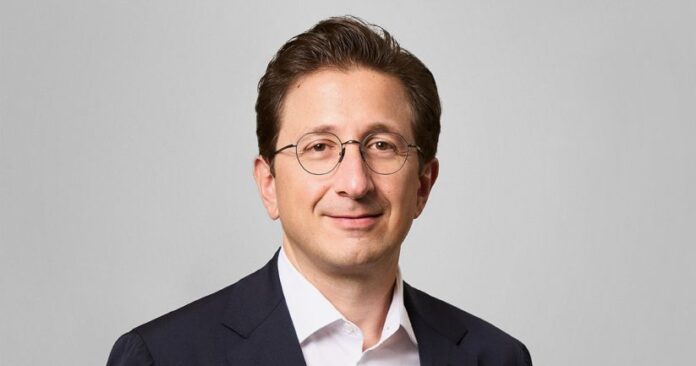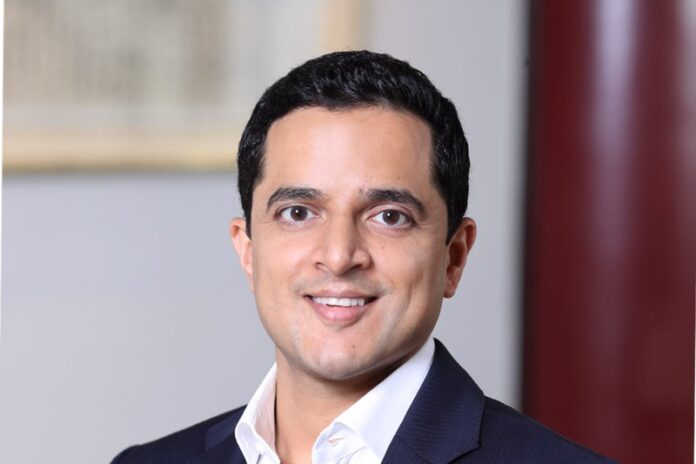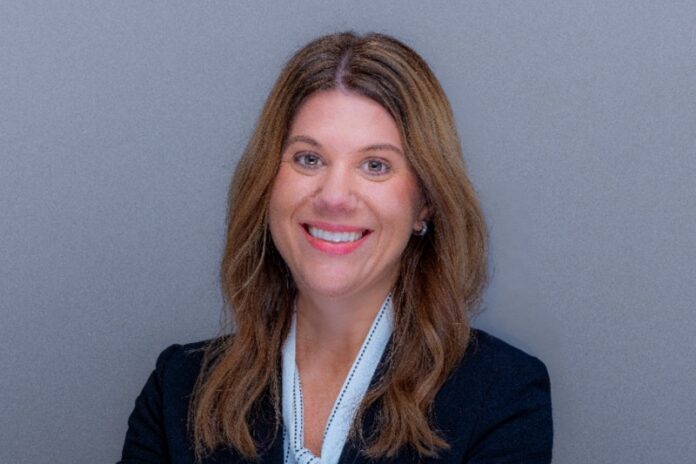As the global ETF market continues to boom, the race is on for companies to become the data provider of choice. In a bid for the crown, ETF and index data provider Ultumus has joined forces with data and analytics firm BMLL to enhance ETF market participants’ trading efficiency and spread performances.
According to PwC, assets under management (AUM) for global ETFs was up 27% in 2024 to a total US$14.6 trillion at year-end. The majority of participants of the firm’s survey expected to see ETF AUM reach at least US$26 trillion by June 2029, and a quarter anticipate that figure to exceed US$30 trillion.
Through their collaboration, BMLL data will be used to measure the impact of Ultumus’ portfolio composition file (PCF) service on trading efficiency.
Bernie Thurston, Ultumus, CEO, explained, “By providing timely PCFs with a complete and consistent view of the ETF structure, we enable traders to price ETFs more accurately, leading to tighter spreads. BMLL’s advanced analytics brings this to life, clearly showing which ETFs outperform on bid/offer spreads and why, giving both traders and issuers a meaningful edge.”
Traders are now able to layer BMLL’s Level 3 analytics with the PCF data, allowing them to more efficiently model price movement and execution scenarios, the firm said.
The companies add that one European ETF issuer has used the service to analyse its spread performance and identify a 16% reduction in spread threshold breaches and a 12% performance improvement.
BMLL clients can now access Ultumus’ ETF reference data and issuer-published metrics through the BMLL Data Lab and market microstructure visualisation platform BMLL Vantage before market open and across regions on a daily basis.
This gives users the ability to understand the distribution and market share of trading volume by issuer, compare trends and more deeply analyse ETF constituents, BMLL stated.
Paul Humphrey, CEO of BMLL, commented, “[This] is part of BMLL’s ongoing strategy to broaden our content and data coverage globally. Our global customer base is now able to use these combined data sets to deepen their understanding of ETF liquidity dynamics, how these shift over time, and gain insights that will help them differentiate themselves in a competitive landscape.”

